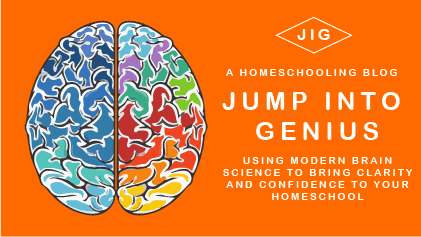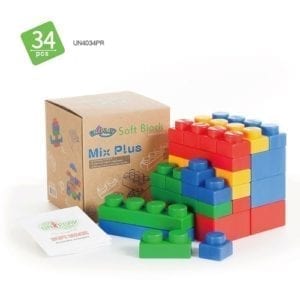What is BDNF
BDNF is short for brain-derived neurotrophic factor. Basically, BDNF is a protein that is part of the neurotrophin family of growth factor, as the name implies, it is found in the brain. Neurotrophins build and maintain cell circuitry, they are basic material that is needed. Before neurotransmitters can get to work sending signals throughout the brain, the neurotrophic factors (the term factor here refers to a subcategory used to describe the type of protein) need to be in place. You can think of BDNF as the network of cell towers that need to be in place before you can send or receive a call.
The Role of BDNF in Learning
Scientists first started to realize that there was a connection between BDNF and learning from studies connecting movement and the brain. In a study attempting to understand the connection between movement and the brain (by Carl Cotman), huge changes were seen in the hippocampus. This was unexpected, as scientists thought major changes from exercise would primarily appear in the motor cortex and cerebellum. This was significant information because the hippocampus is involved with the learning process and the formation of memory.
Prior to that study, scientists knew that BDNF was a powerful protein, but they had not made the connection between that power and the learning process. One example of the power of BDNF is a petri dish experiment. Scientists found that when they added BDNF to a petri dish of neurons, the cells sprouted new branches, the same structural growth that is required for learning.
Learning is all about connections. Connections need material, a host, or structure of some sort, opening the doors for that connection. Our phones need those cell towers or they are useless bits of metal, glass, and plastic. With healthy cell towers, a phone becomes a powerful tool. With healthy levels of BDNF, our neurotransmitters become powerful tools of learning.
How to Boost BDNF Levels
Of course, scientists immediately wanted to produce BDNF in a bottle. Just think of all the people that could be helped and all the problems that might be cured with the amazing protein that builds brains!
Although scientists have not found a way to bottle BNDF they have found a powerful way to increase it. It is free and available to every person on the planet. In so many ways, it is better than anything you can buy in a bottle.
The mystery BDNF increaser is exercise. Study after study after study showed that exercise increases BDNF. Learning happens faster when BDNF levels are increased through exercise. Regular morning exercise increased test scores of students across districts with very different socio-economic factors. (Details on these case studies are presented in the book Spark.)
“It’s about growth versus decay, activity versus inactivity. The body was designed to be pushed, and in pushing our bodies we push our brains too. Learning and memory evolved in concert with the motor functions that allowed our ancestors to track down food, so as far as our brains are concerned, if we’re not moving, there’s no real need to learn anything.”
John J. Ratey, MD Spark: The Revolutionary New Science of Exercise and the Brain pg. 51
It makes sense, right? We have known for ages that exercise is good for the body, and the brain, after all, is a part of our body.
The Two Types of Exercise That Boost BDNF
On further study, it was discovered that there are two main types of movement that help boost BDNF the most. These two types work better when used together because they different beneficial effects on the brain.
Aerobic Exercise
Here are several ideas for incorporating aerobic exercise into your kid’s routine.
- running (running around the house like a lap, up & down stairs, in a park etc.)
- playing a sport that involves a good amount of running
- swimming laps
- jumping jacks
- jump rope
- hula hoop
- mini-trampoline
- acting like animals (spider crawl, crab walk, camel strut, ect.)
Complex Motor Movement
Here are examples of activities that provide complex movement, some of these may also be aerobic.
- dancing
- martial arts
- tennis
- climbing (rock walls, hills, playground equipment, trees)
- swinging (especially for younger children)
- skipping
You can see many activities can provide kids with both complex motor movement and an aerobic workout. Many children function better during the academic part of their day if they get this movement in before sitting down to concentrate, especially if they are young.
Exercise improves learning on three levels: first, it optimizes your mind-set to improve alertness, attention, and motivation; second, it prepares and encourages nerve cells to bing to one another, which is the cellular basis for logging in new information; and third, it spurs the development of new nerve cells from stem cells in the hippocampus.
John J. Ratey, MD
Article Source: Spark: The Revolutionary New Science of Exercise and the Brain by John J. Ratey, MD




One Response
Educational and interesting read! My oldest and I just got jump ropes, so we can move around a bit before sitting down to homeschool. I love that jump roping is one of the ways to boost BDNF.